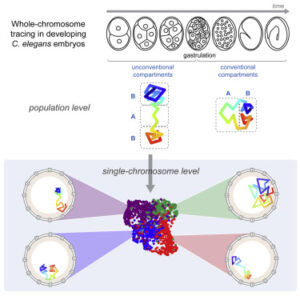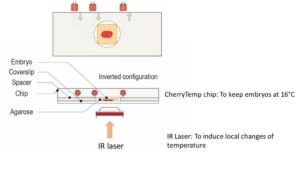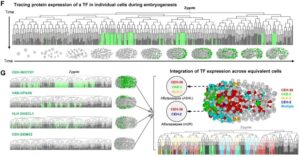Role of Daf-2 insulin signaling in the embryonic elongation of C. elegans, a daf-2 loss of function seems to vary according to the allele involved, highlighting the potential of thermosensitive mutants in studies.
Insulin-like growth factor is essential for the development of C. elegans embryo. In this publication of Annu Suresh and Bruce Wightman, by using thermosensitive mutants, they observed differences in phenotypes coming for several daf-2 receptor to observe the differences between mutations on daf-2 receptor. Previous studies have already shown a daf-2 implication in embryo elongation. They push further by suggesting a role of daf-2 in the mechanistic process of elongation and not interfering in the initial differentiation or patterning of the hypodermal cells. Other mutations on daf-2 can lead to the same elongation defects supporting a role for daf-2 insulin signaling in the embryonic elongation process. This work highlight the potential of thermosensitive mutants in C. elegans embryo studies

Ultra fast temperature shift device for in vitro experiments under microscopy
Abstract
Waddington’s Epigenetic Landscape provides a visual model for both robust and adaptable development. Generating and exploring a Waddington epigenetic landscape for the early C. elegans embryo suggests that the key shapers of the landscape are genes that lie at the nexus between stress response and behavior and include genes that are regulated by transgenerational neuronal small RNAs. Curiously, several genes shape the early landscape of one lineage and then pattern, differentiate or are enriched in another lineage. Additionally, paralogs with similar expression profiles contribute differently to shaping the modeled landscape. This work suggests that robust embryonic development is initialized by differential deployment of redundant genes and by transgenerational cues that configure the epigenetic landscape to adapt to a changing world.



